When in space without protective gear, people can lose consciousness due to lack of oxygen after only about 10 - 15 seconds and quickly die.
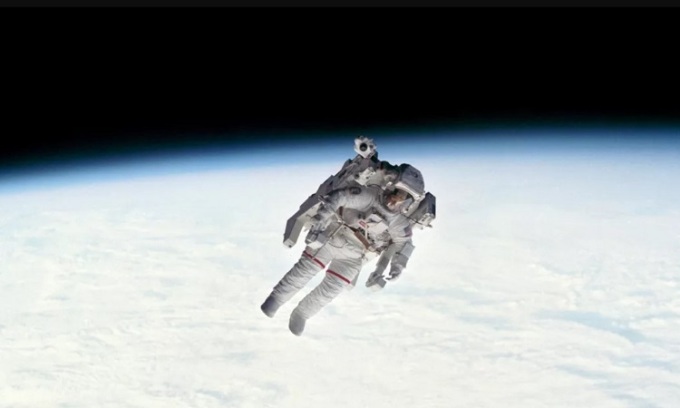
Astronaut Robert Stewart floats above Earth during a mission in 1984. Photo: HUM Images
Space travel is associated with many challenges and harsh environments, so creating Earth-like conditions for life to evolve and thrive is important. Spacesuits allow astronauts to briefly step outside the spacecraft by providing air, water, pressure, and body protection. What would happen if humans did not wear these advanced spacesuits? How long could humans survive if launched into the vacuum of space?
According to Stefaan de Mey, a strategy officer at the European Space Agency (ESA), in a very short time, about 10 to 15 seconds, people will lose consciousness due to lack of oxygen. In the darkness of space, oxygen becomes a serious problem. "The oxygen starts to expand and rupture the lungs, causing them to tear, boiling and bubbling the blood, immediately causing embolism and fatal effects on the human body," said Mey.
Divers face a similar risk when the water pressure drops as they ascend from great depths. Before entering space without a spacesuit, you need to squeeze as much air out of your lungs as possible. The complete lack of pressure also causes other, though not immediate, fatal problems. Bodily fluids like saliva and tears will start to boil. The human body will swell, but the skin is elastic enough to withstand the change in pressure. At best, you’ll have a few seconds before all the oxygen in your bloodstream runs out, leaving you unconscious. Since you can’t change the situation, brain death will set in within minutes, unless you’re rescued and brought back into the safe, oxygen-rich pressurized environment of the spacecraft and revived.
In addition to providing essential oxygen and pressurization, spacesuits also protect astronauts from threats and hazards. “There are issues with temperature, radiation, and the threat of micrometeorites,” Mey explains. “So the spacesuit is designed to protect the astronaut’s body in space.” Whether an astronaut is in the sun or in the shade, they will experience extreme temperatures, ranging from -150 to 120 degrees Celsius in low Earth orbit (LEO). These conditions would cause burns or frostbite.
Spacesuits also block many different types of radiation. In LEO, long-term exposure to electromagnetic radiation from the Sun can cause health problems such as radiation poisoning and an increased risk of cancer. Ultraviolet (UV) rays also burn the skin. In addition, particles from solar storms that reach astronauts while they are in space can also exacerbate the problem.
Micrometeorites and space debris are another risk. They travel at tens of kilometers per second and pose a threat to satellites, spacecraft and spacewalks. While they are unlikely to affect a human’s chances of survival, spacesuits are designed with multiple layers to protect astronauts from any micrometeorites or space debris that orbit them.
An Khang (According to Space )
Source link


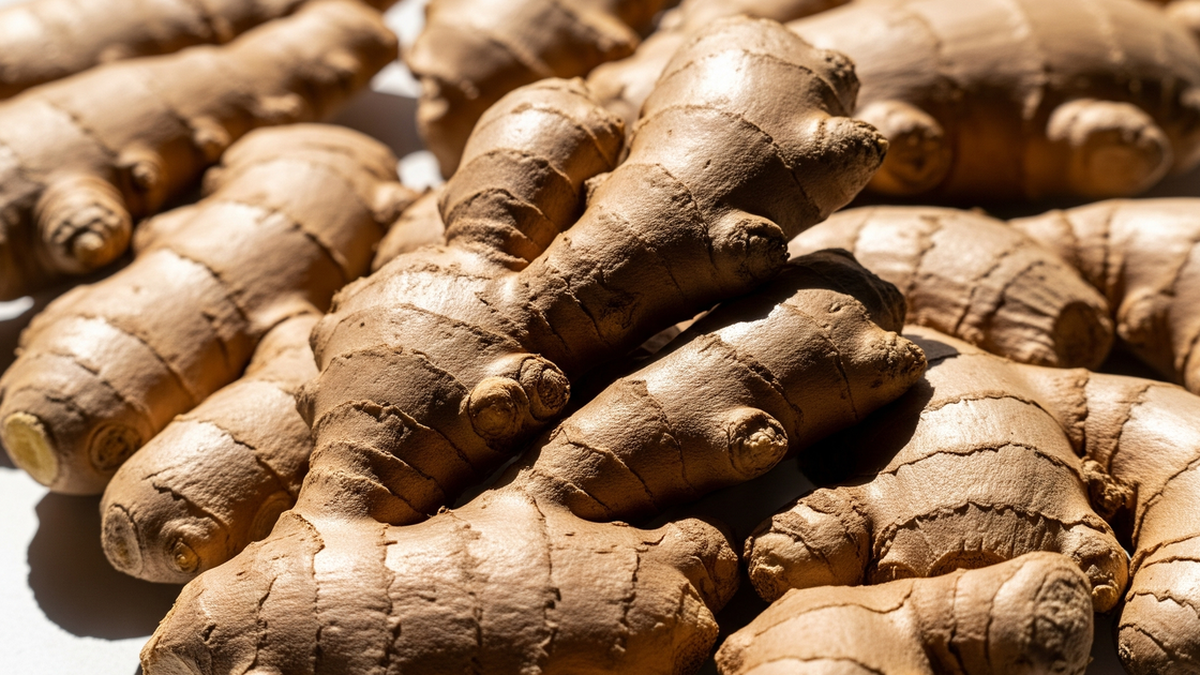


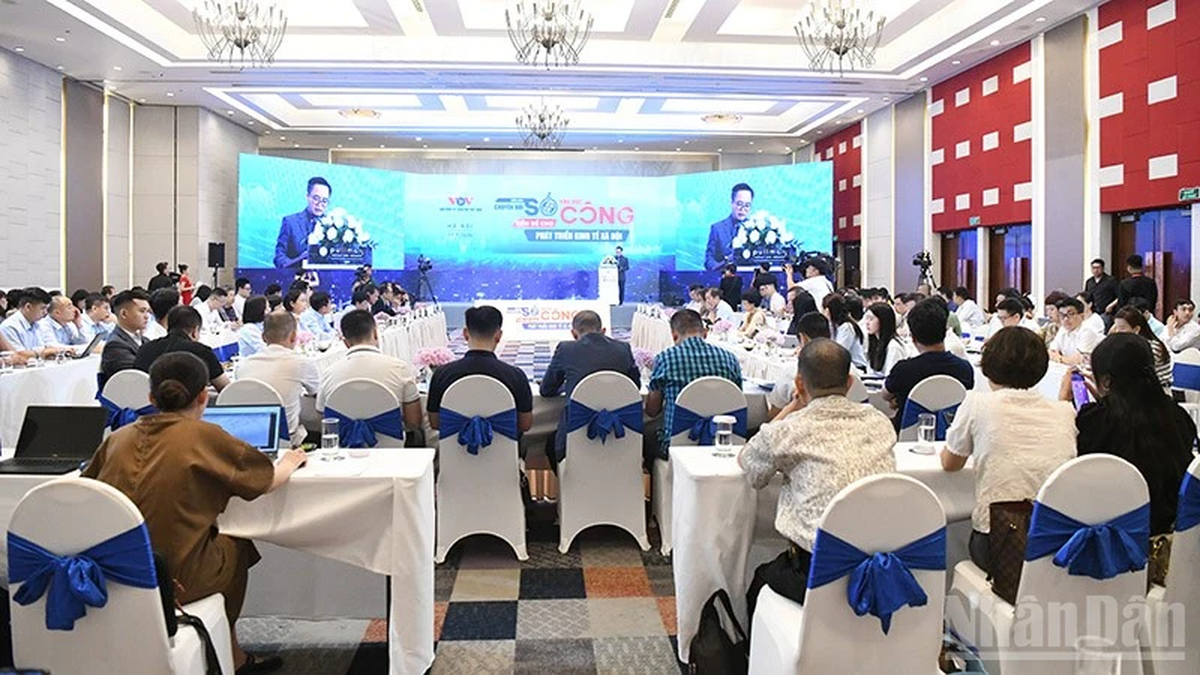


























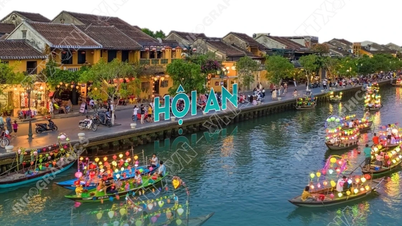



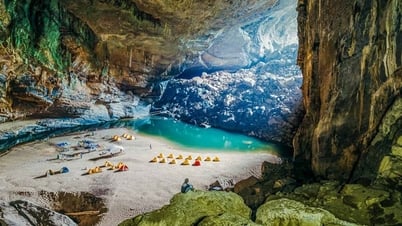





























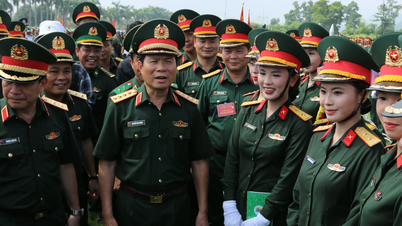

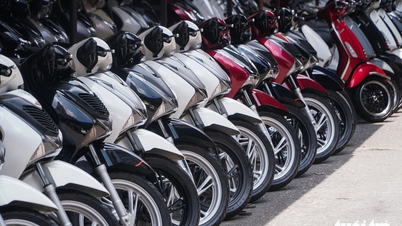
































Comment (0)